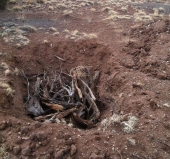So, in the spring of this year I planted 12 new fruit trees on my property and my girlfriend's property in the northern AZ high desert. Six apples, two apricots, two pears, one cherry, and two peaches. Each tree went into a hole prepped with a bed of wood and horse manure (
see that process here), with the intent of reducing irrigation needs and frankly just getting them to survive at all. Our annual rainfall here is about 14-16 inches per year, with a significant chunk of that coming in the late summer monsoon season. Well, we're heading into the end of that monsoon season, and so it looks like we'll have to start irrigating again soon (in the last few months, the trees have only been watered once, thanks to the regular rain we get this time of year). The seeds I planted around the saplings have done pretty well, despite receiving literally zero attention. We actually harvested food (real food! from the property!) this weekend, including green beans, turnips, and a nice squash.
Here are some photos:
My two oldest apples, planted two season ago. The left one has never done great, and now looks like it's dying. The right one is very happy, though. Beans are climbing the fencing, and there are some turnips or radishes amongst the local weeds as well.
One of the peach trees, with lots of blooming squash vines.
...like this big ol' squash vine.
Native heirloom squash (I need to check my notes to see which variety; I planted several different ones). Tasted good in a stir-fry Saturday night!
According to my kitchen scale, this is a 2lb turnip. It grew in some really gunky ash/clay soil (we have big deposits of volcanic ash here) near an apricot. It was half in and half out of the ground, and right next to a second one nearly as big.
A single stalk of corn from the packet of heirloom local corn that I planted. Most of it probably got eaten by rodents before sprouting. This one has no hope of actually producing a mature ear, but it's still neat to see it surviving without any assistance.
Holy crap, something edible growing!
The happiest tree of all; a peach. With lots of beans to keep it company.
This is the lone cherry tree, which has completely died (I think its irrigation line failed in early summer, before the monsoon started). The beans like its fencing, though. I think this will probably be replanted with another peach next spring.
Overall, I am extremely happy with the performance of my hugel/woody beds. Everything is green right now because of the monsoon, but the tree beds have all become little epicenters of fertility. The companion plants were intended simply to fix nitrogen and provide ground cover to retain moisture - that I was able to actually harvest food from them is just a huge bonus.
Next spring, I will skip some of the species that didn't grow at all, and really go nuts with squash, melon, bean, and pea plants. I think we will also add in more root veggies - onions, garlic, sweet potatoes, white potatoes, and more turnips and radishes. Assuming they grow, we'll harvest some and leave some in the ground to help improve the soil.
Just to recap on why I'm so excited about this progress, here's what the place normally looks like:

 3
3




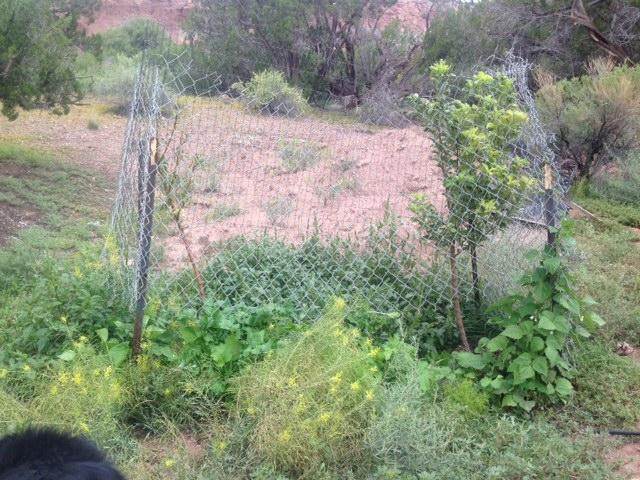
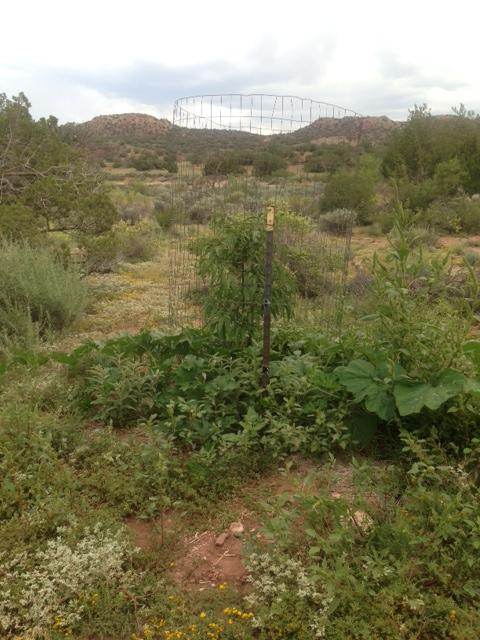

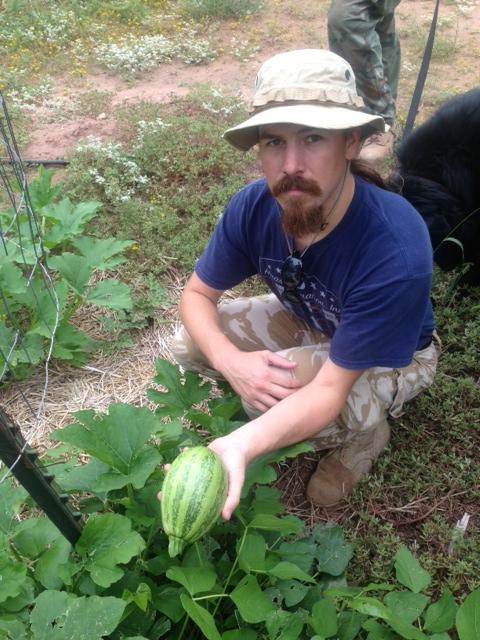
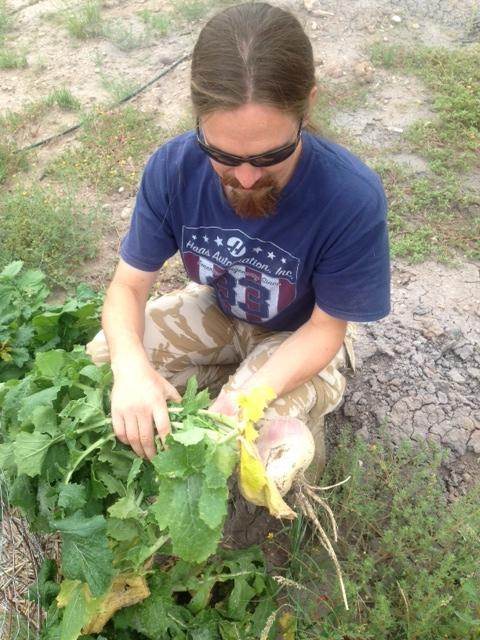
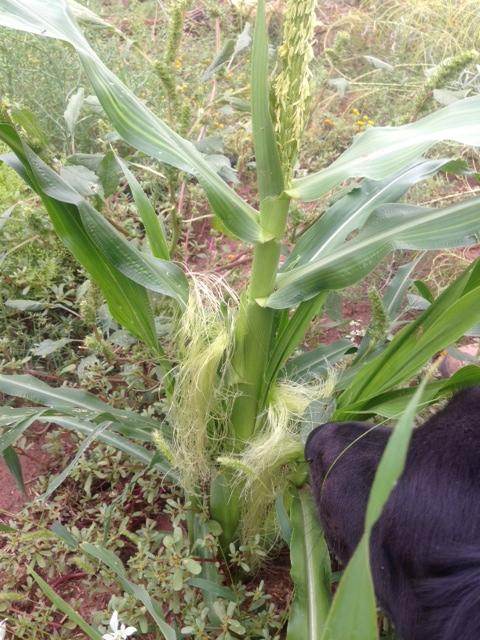
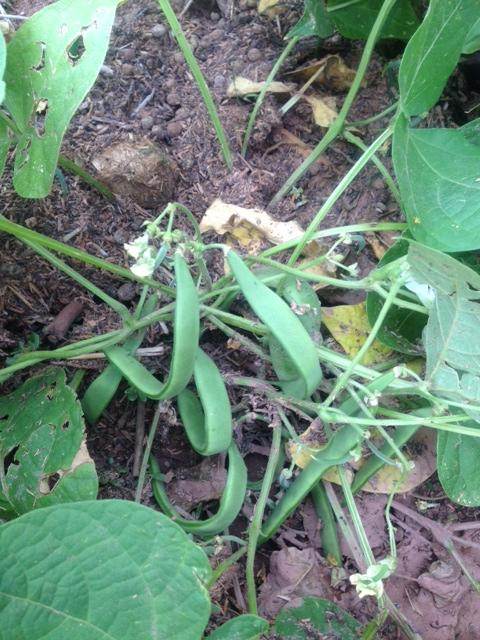
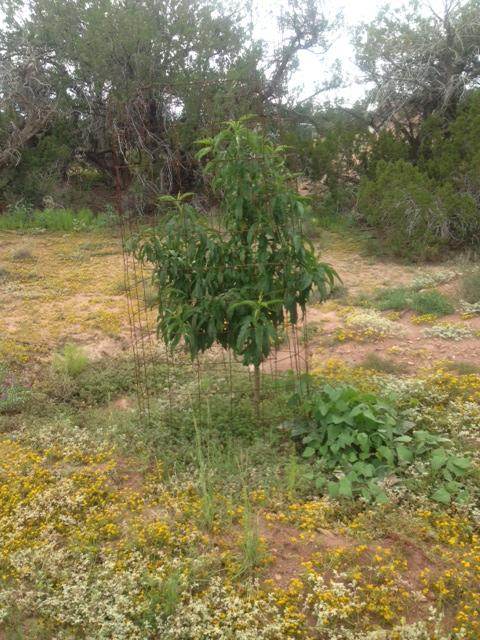

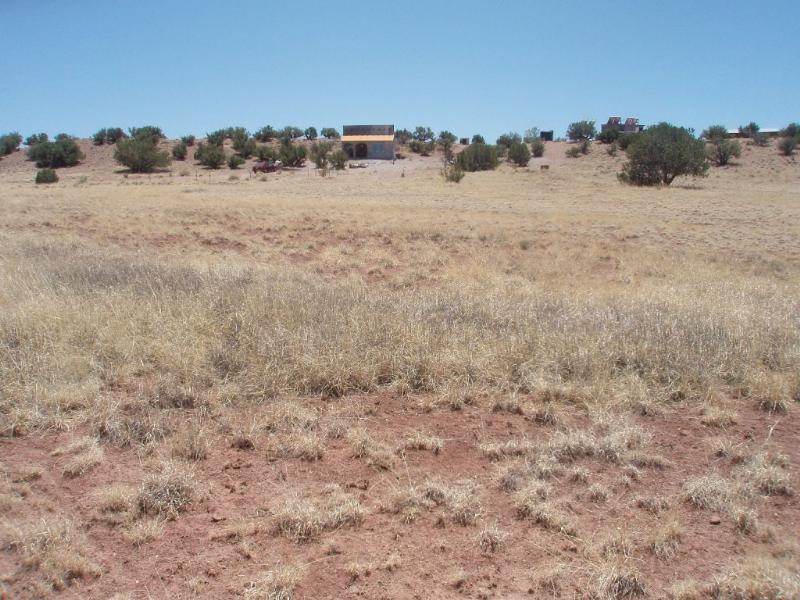












 I hope to get some stone fruits growing when the well works.
I hope to get some stone fruits growing when the well works.






















